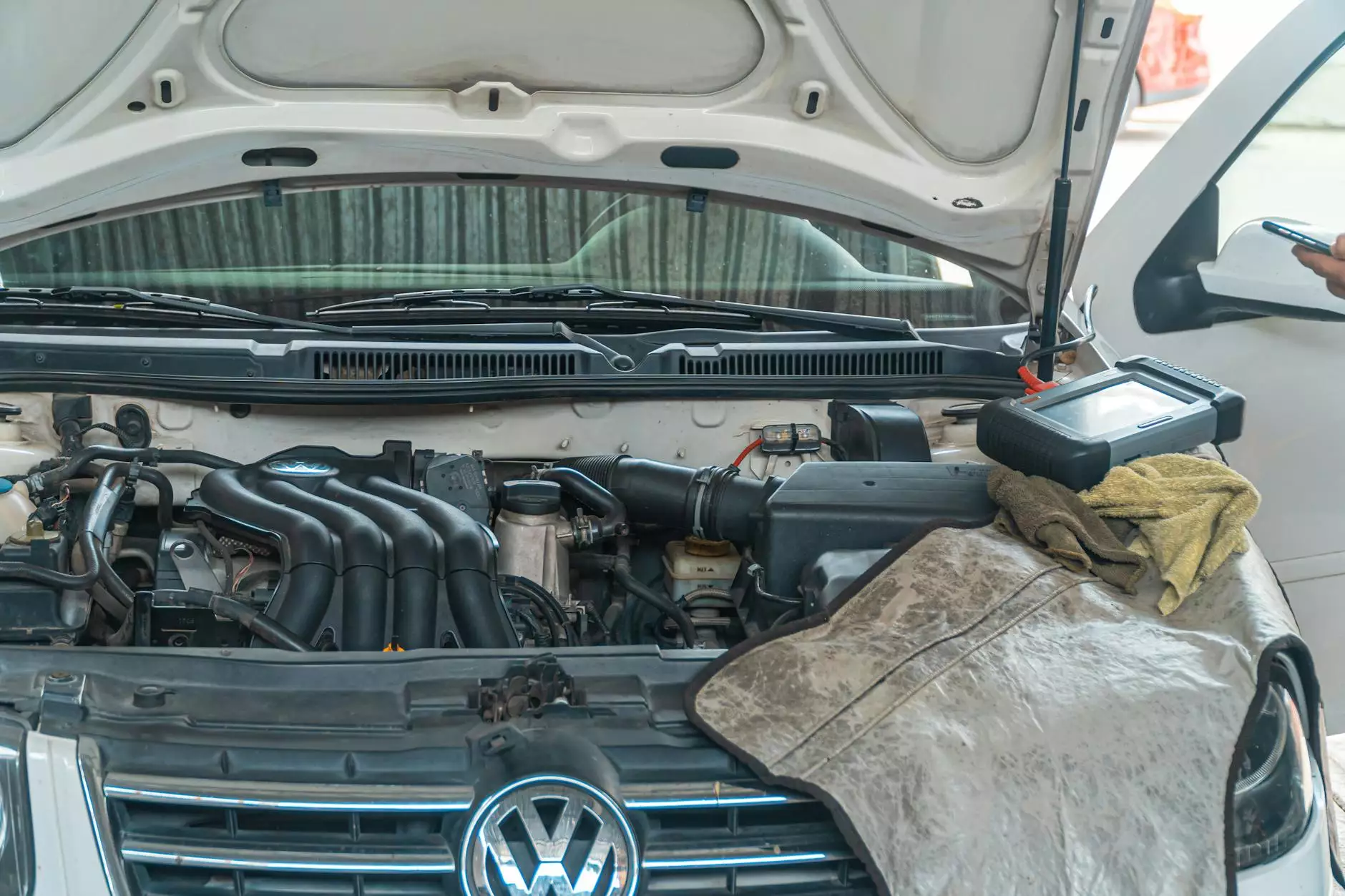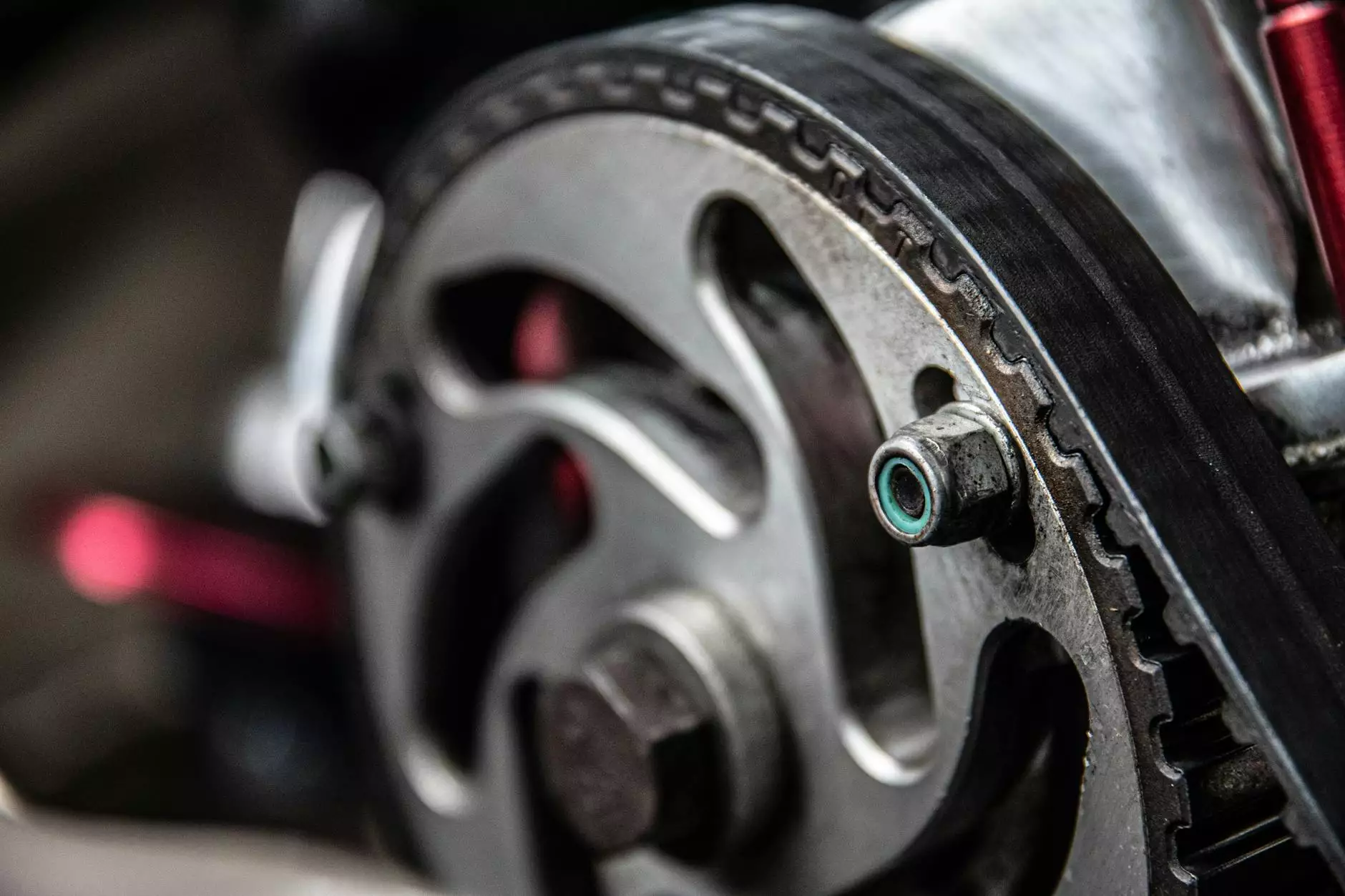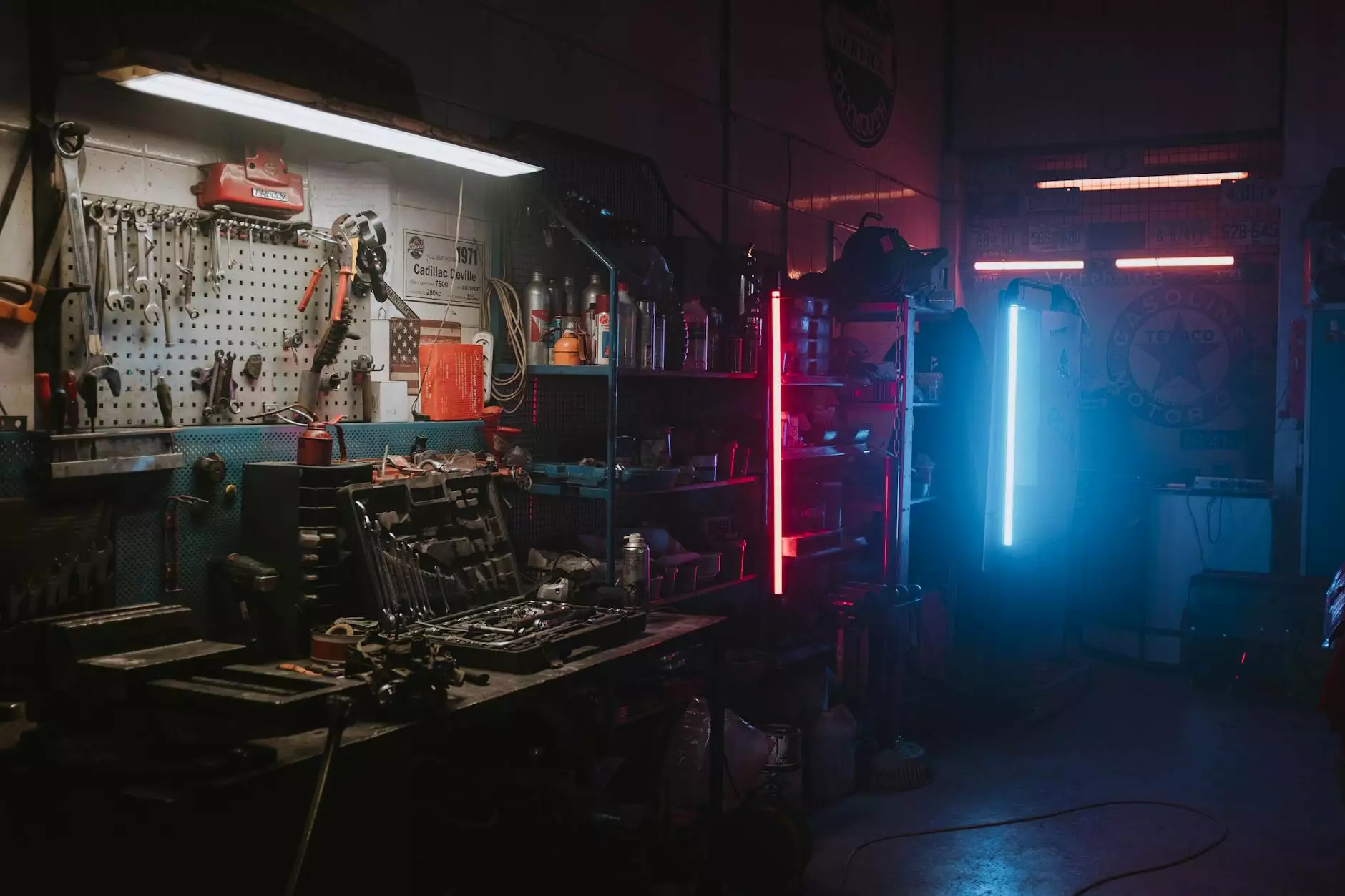Commercial Garage Door Design Considerations
Clopay Door Information
Introduction
Welcome to Xpress Garage Door's comprehensive guide on commercial garage door design considerations. As a leading provider of high-quality commercial garage doors, we strive to provide valuable information to builders and developers looking to create secure and functional garage doors for commercial buildings. In this guide, we will discuss various aspects of commercial garage door design and provide expert tips to ensure optimal performance and long-lasting durability.
1. Building Codes and Regulations
When designing commercial garage doors, it is crucial to familiarize yourself with local building codes and regulations. These codes outline specific requirements for fire safety, emergency exits, accessibility, and other crucial factors that must be considered during the design process. By adhering to these regulations, you can ensure compliance and create a safe environment for building occupants.
2. Security Features
Commercial garage doors play a vital role in protecting valuable assets within a building. It is essential to incorporate robust security features to prevent unauthorized access and safeguard against potential break-ins. Consider features such as sturdy materials, high-quality locks, advanced security systems, and reinforced frames to enhance security levels and provide peace of mind.
2.1 High-Quality Materials
Choosing the right materials for commercial garage doors is crucial for both security and functionality. Opt for durable materials like steel, aluminum, or fiberglass that can withstand harsh weather conditions, impacts, and potential attempts of forced entry. High-quality materials also contribute to the longevity of the garage doors, reducing maintenance and replacement costs in the long run.
2.2 Advanced Locking Mechanisms
Ensure that your commercial garage doors are equipped with advanced locking mechanisms that are resistant to tampering. Consider options like multi-point locking systems, electronic access control, or biometric authentication to provide enhanced security for your commercial building.
2.3 Reinforced Frames
A sturdy door frame is essential for the overall integrity and security of commercial garage doors. Reinforced frames, made of materials like steel or reinforced concrete, add an extra layer of protection against forced entry and enhance the overall structural stability of the door.
3. Insulation and Energy Efficiency
In commercial buildings, efficient insulation is key to maintaining desired temperatures, reducing energy costs, and ensuring occupant comfort. Proper insulation also helps to minimize noise transmission and improve the acoustics within the building. Consider using insulated garage doors that provide excellent thermal performance and contribute to overall energy efficiency.
3.1 Insulated Garage Door Panels
Insulated garage door panels offer superior energy efficiency by reducing heat transfer and preventing drafts. This not only helps to maintain a comfortable indoor environment but also reduces the workload on heating and cooling systems, resulting in significant energy savings over time.
3.2 Weatherstripping
Proper weatherstripping is essential to seal gaps and prevent air leakage around the perimeter of the garage door. This helps to maintain consistent indoor temperatures and reduce energy loss due to drafts. Additionally, weatherstripping enhances the overall durability and lifespan of the garage door by keeping out dirt, debris, and moisture.
4. Functionality and Operation
Commercial garage doors should be designed for smooth and reliable operation, catering to the specific needs of the building. Consider important factors such as door size, opening mechanisms, and automation options to ensure convenient access and efficient operation.
4.1 Door Size and Clearance
The size of the commercial garage door should be carefully determined based on the intended purpose and the size of vehicles or equipment that will pass through it. Ensure sufficient headroom, sideroom, and backroom clearances to accommodate the door's operation, tracks, and any obstructions.
4.2 Opening Mechanisms
Choose the appropriate opening mechanism based on the specific requirements of the commercial building. Options include sectional doors that roll up vertically, overhead doors that roll up horizontally, or rolling doors that consist of interlocking slats. Consider factors such as space availability, speed of operation, and ease of use when selecting the suitable opening mechanism.
4.3 Automation and Access Control
Automating commercial garage doors provides convenience, enhances security, and improves operational efficiency. Incorporate features like remote control operation, motion sensors, keyless entry systems, or integration with building management systems for seamless access control and monitoring.
Conclusion
Designing commercial garage doors requires careful consideration of various factors such as building codes, security features, insulation, and functionality. By prioritizing these design considerations, builders can create garage doors that not only meet industry standards but also provide long-lasting durability, enhanced security, energy efficiency, and convenient operation. At Xpress Garage Door, we are committed to assisting builders in creating optimal commercial garage door solutions. Contact us today to explore our wide range of commercial garage doors and expert design support.










